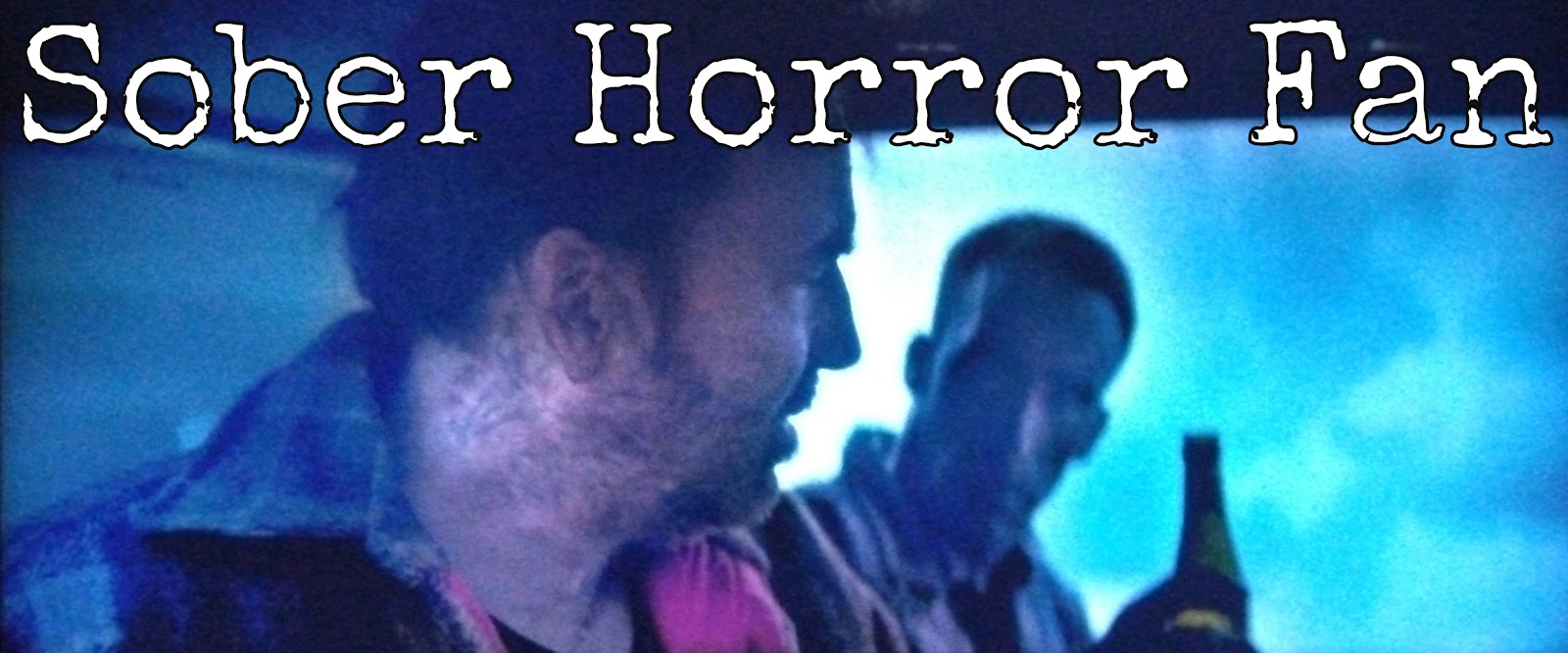The Killing of a Sacred Deer (2017)
So, The Killing of a Sacred Deer opens with close-up footage of real open heart surgery. “Oh great,” I thought, “it’s Castle of the Creeping Flesh all over again…” But, for better or for worse, that is where the similarities end. I heard about The Killing of a Sacred Deer because
it was on a list of “most disturbing horror films,” that I came across
online, but having watched it, I’m not really sure it really deserves to
ranked (as it was) alongside films like Martyrs (2008) and Jörg Buttgereit’s Nekromatik (1987).
The
plot is about a heart surgeon who befriends a teenage boy who is the
son of a former patient, but after he introduces the boy to his family,
events take a strange and sinister turn. One interesting thing to note
here is that, without giving away any spoilers, alcohol abuse plays a
small but very significant role in the plot.
The
most striking thing about the film is the acting, and especially the way
the actors deliver their dialogue. It is very stylized: stilted and
unnatural. On the surface, it almost looks like plain "bad acting," but
it clearly isn’t—not when you have people like Nicole Kidman and Colin
Farrell in the cast.
 For the greater part of
the film, I thought this weird behavior was going to be a plot point, and that an explanation of why everyone was behaving so strangely would
eventually be revealed. But no, apparently this is just a kind of
trademark of the director, Yorgos Lanthimos, and apparently it is an
allusion to classical Greek drama. That seems kind of pretentious to me,
especially since I don’t think the stilted style added anything to
movie, other than serving as a constant reminder that you are watching
an “art film.” I actually felt that it made the film a little too far
removed from reality, causing some of the visuals and plot developments
that might have been shocking or otherwise emotionally affecting to fall
flat, and not elicit much of an emotional response at all.
For the greater part of
the film, I thought this weird behavior was going to be a plot point, and that an explanation of why everyone was behaving so strangely would
eventually be revealed. But no, apparently this is just a kind of
trademark of the director, Yorgos Lanthimos, and apparently it is an
allusion to classical Greek drama. That seems kind of pretentious to me,
especially since I don’t think the stilted style added anything to
movie, other than serving as a constant reminder that you are watching
an “art film.” I actually felt that it made the film a little too far
removed from reality, causing some of the visuals and plot developments
that might have been shocking or otherwise emotionally affecting to fall
flat, and not elicit much of an emotional response at all. Speaking
of art, the film is very nicely photographed, and, although I have read
some criticism of the musical score online, I thought it was excellent.
The plot plays out like a kind of allegorical fable, in keeping with
its kinship to classical Greek tragedies. Although it did manage to
generate a certain atmosphere of creeping unease through its various
off-kilter elements, the actual story is presented in a pretty drawn-out
and oblique way, and I found the conclusion to be rather unsatisfying. I
feel like I have seen similar themes explored more viscerally and
effectively in films such as Ben Wheatley’s Kill List (2007). I didn’t hate it, but I didn’t love it either. It just kind of left me scratching my head.
Speaking
of art, the film is very nicely photographed, and, although I have read
some criticism of the musical score online, I thought it was excellent.
The plot plays out like a kind of allegorical fable, in keeping with
its kinship to classical Greek tragedies. Although it did manage to
generate a certain atmosphere of creeping unease through its various
off-kilter elements, the actual story is presented in a pretty drawn-out
and oblique way, and I found the conclusion to be rather unsatisfying. I
feel like I have seen similar themes explored more viscerally and
effectively in films such as Ben Wheatley’s Kill List (2007). I didn’t hate it, but I didn’t love it either. It just kind of left me scratching my head.




Comments
Post a Comment